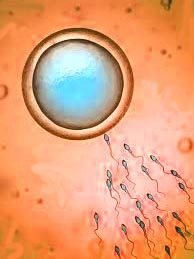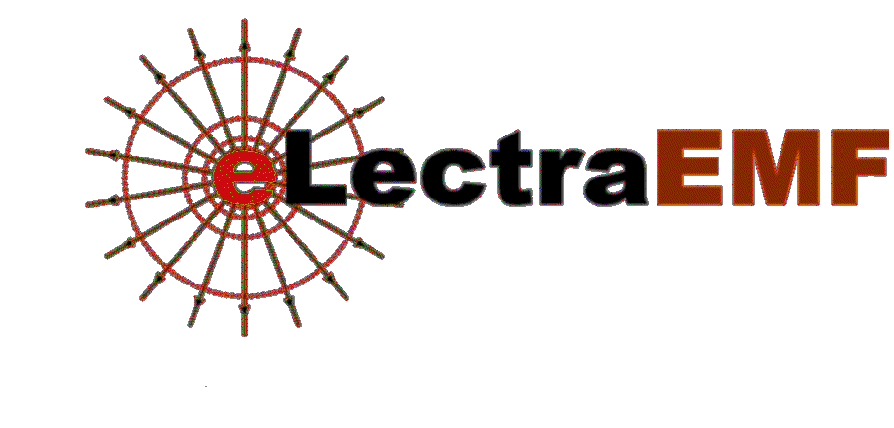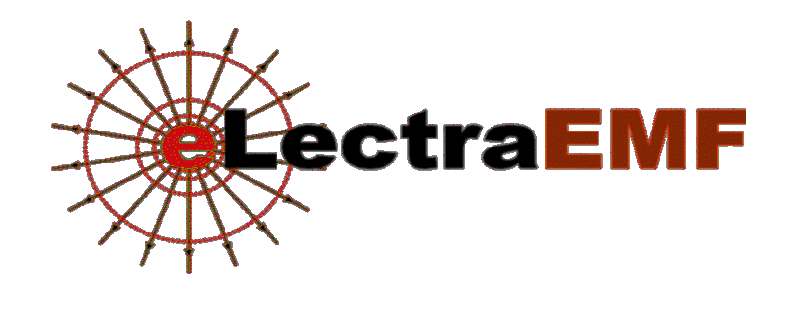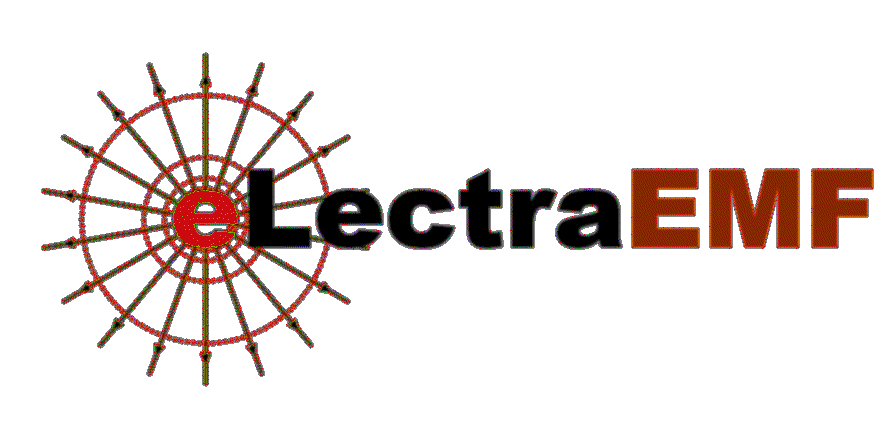Press Release NYC Case Study:EMF Exposure and Autism
Clinical Environmental Epidemiology in the News
The Electromagnetic Spectrum: Ecological / Environmental Exposures
EMF Investigations for Exposure Protocol sC-Ve (electraEMF) in a case of Autism Spectrum Disorders. sCRG asks de novo variation in X and why? J Dumanov
04 September 2019 Westchester County, New York. Hudson Valley case of 3 y.o.m. diagnosed with Autism Spectrum Disorder and suspected relation to the presence and exposure to electromagnet fields (EMF). In de novo copy number variation (CNV) as associated with autism spectrum disorders (ASDs) can be associated with EMF risk exposure.
The role of the electron in time varying iterations in its presence may result in a genetic alteration during conception and they become present for the first time in one family member as a result of a variant (or mutation) in a germ cell (egg or sperm) of one of the parents, or a variant that arises in the fertilized egg itself during early embryogenesis. Also called de novo variant, new mutation, and new variant. Recent electraEMF (sC-Ve) case studies and findings suggest and association of EMF and/or RF exposure. Case study, findings and review.
Spectral subClincal Researchers have identified the male as in this case is more at risk for autism, with an odds ratio of between 4 and 5 to 1 as associated more with RF than EMF and the female more likely at higher risk EMF than RF in select at risk exposure situations.

De novo variation in X and WHY?

ASD 16 p 11.2 and 15q11-13
Chromesome 16 p11.2 deletion syndrome (DS) affects developmental delay and intellectual disability. Many also have some aspects of ASD. These disorders typically include impaired communication and socialization skills, late development of speech and language. In 16p11.2 DS, expressive language skills (vocabulary and the production of speech) are generally more severely affected than receptive language skills (the ability to understand speech). Some with this disorder may also have recurrent seizures (epilepsy).
Weakest DNA amino acid bonds in ASD
The structure of amino acids have combinations of atoms that, under appropriate conditions (such as pH or electromagnetic fields ) dissociate into ions. Some of these ionic forms carry one positive charge, others carry one negative charge. Opposite charges attract one another so a positively charged group at one location in the polypeptide chain will be pulled towards a negatively charged group at a different location along the polypeptide chain. These are weak forces are called ionic bonds, or electrostatic bonds, and they can be broken by such fields play critical roles in holding proteins in their final shape. Prof JMD comments: “Cystine, a weaker bond, is effected by EMF elemental fields, but sequence recovery is possible”.
It is different for all DNA (cytosine-5)-methyltransferases containing cysteine. In dose dependent cases cysteine may trigger catalysis of C6 of cytosine and activate the inert C5 position. Research demonstrates that substitutions of cysteine in methylase with either serine or tryptophan results in a complete loss of ability to transfer methyl groups to DNA. Importantly, the modification of this substrate does create a mutant that is not irreversible as a result when vacating area of EMF exposure.


